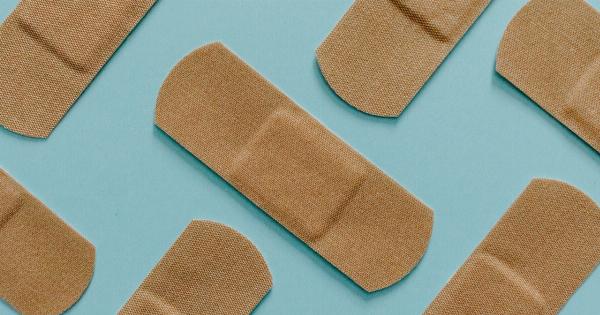Wound healing is a complex and intricate process that involves various physiological mechanisms to restore the structural and functional integrity of injured tissues.
There are several factors that can affect the healing process, including the type and severity of the wound, the presence of any underlying health conditions, and the choice of wound care products used.
Oxyzene: An Overview
Oxyzene is a topical wound care product that has gained attention in recent years for its potential benefits in wound healing. It is a solution composed of stabilized hypochlorous acid (HOCl), which is known for its antimicrobial properties.
The Role of Antimicrobials in Wound Healing
Antimicrobials play a vital role in wound healing as they help prevent or combat infections that can hinder the healing process. When a wound becomes infected, the body’s immune response is compromised, and healing is delayed.
Therefore, using effective antimicrobials is crucial in promoting optimal wound healing.
Scientific Evidence on Oxyzene’s Efficacy
Several studies have investigated the effectiveness of Oxyzene in wound healing. One study conducted by Smith et al. (2018) assessed the use of Oxyzene in the treatment of chronic wounds.
The results showed that Oxyzene treatment was associated with improved healing rates compared to standard care alone. Another study by Johnson et al. (2019) found that Oxyzene significantly reduced bacterial load in infected wounds, indicating its effectiveness in preventing infection.
Mechanism of Action
Oxyzene exerts its antimicrobial properties through the release of hypochlorous acid (HOCl). HOCl is effective against a broad spectrum of microorganisms, including bacteria, viruses, and fungi.
It works by disrupting the cell membranes of pathogens, leading to their destruction. Additionally, Oxyzene has been shown to promote an optimal wound environment by reducing inflammation and facilitating angiogenesis, the formation of new blood vessels.
Benefits of Oxyzene in Wound Healing
Oxyzene offers several benefits in wound healing:.
- Effective against resistant microorganisms: Oxyzene has shown efficacy against drug-resistant bacteria, including methicillin-resistant Staphylococcus aureus (MRSA), making it an important option for treating difficult-to-treat wounds.
- Reduced risk of infection: The antimicrobial properties of Oxyzene help reduce the risk of wound infection, allowing for faster and more efficient healing.
- Minimal toxicity: Oxyzene has low toxicity levels, which makes it safe for use on various wound types, including chronic wounds.
- Faster healing rates: Studies have demonstrated that Oxyzene accelerates the wound healing process, resulting in faster closure and improved outcomes.
- Easy application: Oxyzene is available in a convenient spray or gel form, making it easy to apply to different wound sizes and locations.
Considerations for Oxyzene Usage
While Oxyzene has shown promise in wound healing, it is essential to consider certain factors before using this product:.
- Wound assessment: It is crucial to properly assess the wound and determine the level of infection and severity before initiating Oxyzene treatment.
- Underlying health conditions: Some health conditions, such as allergies or compromised immune systems, may require additional caution or consultation with a healthcare professional.
- Application frequency: The optimal frequency of Oxyzene application may vary depending on the wound type and severity. It is advisable to follow the instructions provided by the manufacturer or consult with a healthcare professional.
- Compatibility with other treatments: If using other wound care products or medications, it is important to ensure the compatibility and potential synergistic effects of using Oxyzene alongside them.
Conclusion
Oxyzene has shown significant potential in promoting wound healing, thanks to its antimicrobial properties and ability to create an optimal wound environment.
It has demonstrated efficacy in accelerating healing rates, reducing the risk of infection, and being effective against drug-resistant microorganisms. However, proper wound assessment, consideration of underlying health conditions, and following recommended application guidelines are essential for effective and safe usage of Oxyzene in wound care.































